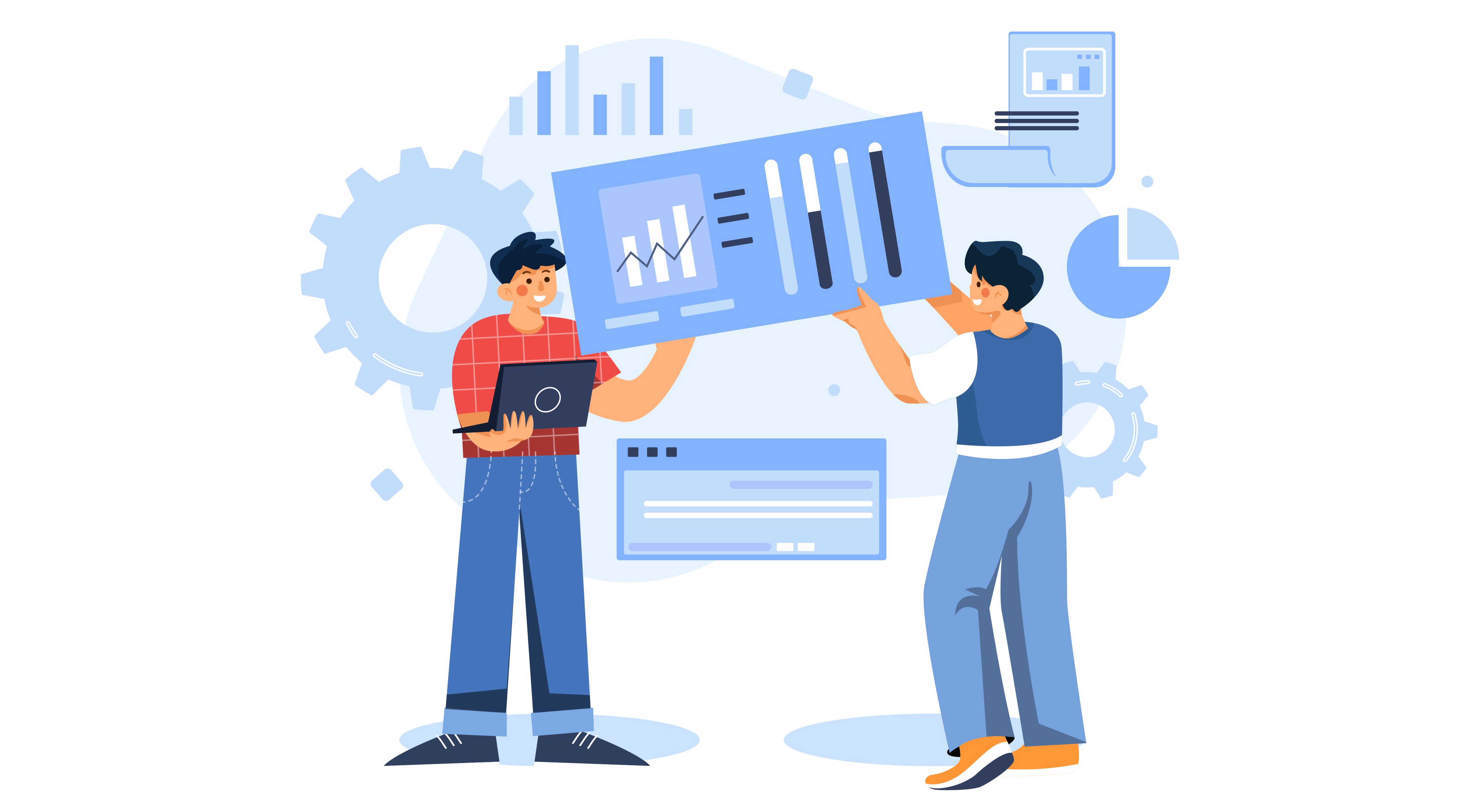When it comes to increasing sales and improving customer relationships, sales engagement platforms are an essential tool for businesses of all sizes. Sales engagement platforms help businesses optimize their sales processes, improve the customer experience and enable teams to maximize their productivity. By leveraging automation and cutting-edge technology, these tools enable companies to work smarter and more efficiently.
In this article, we’ll take a look at two popular sasales engagementlatforms, Kixie and Outreach.io, compare their features, and summarize key takeaways for those deciding between these two software options.

Overview of Kixie
Kixie is an innovative sales engagement platform that helps sales teams to automate processes and improve their productivity. Kixie’s automation tools are comprehensive and user-friendly, enabling users to quickly create and customize automated workflows for marketing, sales, and customer service tasks. Some of the key features of Kixie include:
- Automation tools: Kixie offers a range of automation tools that can help businesses save time and increase efficiency. For example, it has a built-in power dialer that can automatically call down a list of leads and track call outcomes, as well as an automatic lead follow-up function that sends a text message or dials a phone call from an active agent to every new lead that enters your sales pipeline.
- Integration with other tools: Kixie can be integrated with a variety of other sales tools, such as CRM systems, marketing automation platforms, and conversation intelligence tools. This allows businesses to streamline their sales process and have all their sales data in one place. Kixie’s wide range of integrations with other tools such as Salesforce, Hubspot, and Zoho CRM, among others, makes it easy to sync data and create personalized interactions with customers across multiple channels.
- Calling and texting capabilities: Kixie is a comprehensive business telephone solution, with inbound and outbound calling and texting functionality. This allows sales reps to communicate with leads and customers directly from the Chrome extension on their computers or mobile devices. It also includes unlimited call tracking and recording, so businesses can see how each call went and improve their sales approach.
Kixie is particularly well-suited for sales teams that make a high volume of outbound phone calls, or for companies looking to automate their sales process.
For high-performance outbound sales teams, Kixie offers a multi-line autodialer to speed up outbound phone calls, seamless, 2-way integration with all major CRMs (and many others), voicemail drop, and SMS templates for quick and easy follow-up.
For those organizations looking to simplify and automate their sales process, Kixie offers free and unlimited solutions engineering to all of their clients. Essentially, you can get free guidance and custom build-outs of sales automation workflows, tailored to your specific industry and tech stack. Event-based automation triggered by the number of call attempts and daily reports on the average duration of outbound calls are just a few of the sales solutions the Kixie team has created recently.
Overview of Outreach.io
Outreach is a powerful sales engagement platform that helps sales teams to get organized, track performance, and optimize their processes. It provides a range of features and capabilities designed to help businesses maximize their sales productivity. Some of the key features of Outreach include:
- Sequences: Outreach allows businesses to create sequences for lead generation, which are a series of automated emails, calls, and texts that are sent in a specific order to a lead or prospect. This allows sales reps to nurture leads over time and increase the chances of converting them into customers.
- Dashboard analytics and reporting: Outreach provides a range of analytics and reporting tools that allow businesses to track and measure the success of their sales campaigns, their lead engagement, and rep performance. This includes metrics such as open and click-through rates, as well as detailed information on the performance of individual sales reps.
- Integration with other sales tools: Outreach can be integrated with a variety of other sales tools, such as Salesforce, Outlook, Gmail, and Drift. Some of their integrations are native, while others are supported via 3rd party applications.
Outreach is particularly well-suited for sales teams that want to dive deep into one area of operations, such as sales forecasting, pipeline generation, or agent coaching and performance, as their tools are tailored for in-depth insights in each of these areas. Their AI-based product, Outreach Kaia, can sit in on meetings and measure the performance of reps in real time, including the talk time of each participant, transcriptions, and more.
Outreach.io enables sales teams to manage and track their communication with leads and clients and provides data and insights to optimize the sales process. The platform is also well suited for teams using Salesforce, as they have a native integration with Salesforce, Sugar CRM, and Microsoft Dynamics. Unfortunately, they do not offer an integration with the other top CRMs, such as HubSpot, Pipedrive, Zoho, or Active Campaign.

Comparison of Kixie and Outreach
Kixie and Outreach are both sales engagement platforms that help businesses improve their sales process. Kixie focuses on providing automation tools to help businesses save time and increase efficiency. It has a built-in power dialer that can automatically call down a list of leads, an automatic lead follow-up function, and also allows for integration with a variety of other sales tools, such as HubSpot, Salesforce, Pipedrive, and other CRMs, marketing automation platforms, and conversation intelligence tools.
Outreach, on the other hand, provides a range of features and capabilities designed to help businesses maximize their sales relationships, such as sequences for lead generation, dashboard analytics and reporting, lead engagement scoring, and integrations with other sales tools such as Salesforce, Outlook, Gmail, and Drift.
For sales teams that want to maximize productivity and scale outreach via phone and SMS, we recommend Kixie. For those that want to drill down on insights from sales calls and create intricate email sequences for lead nurturing, we recommend Outreach.
In terms of pricing, Kixie bills per user, per month with no seat minimum or fixed contract length. Outreach.io doesn’t offer pricing details directly on its website. Interested users must get in contact with a member of their sales team to get a custom quote.
Key Takeaways
Kixie and Outreach are both powerful sales engagement platforms that can help businesses improve their sales process. Each of them has a different focus, with Kixie providing automation tools to help businesses save time and increase efficiency, while Outreach provides features and capabilities designed to help businesses maximize their sales insights and personalization.
Ultimately, the right sales engagement platform for your business will depend on your needs and budget. To make an informed decision, take the time to explore both platforms in detail to determine which one is the best fit for you and your team. Start a free, 7-day trial of Kixie’s sales engagement platform, and watch a demo of Outreach’s platform in action.



